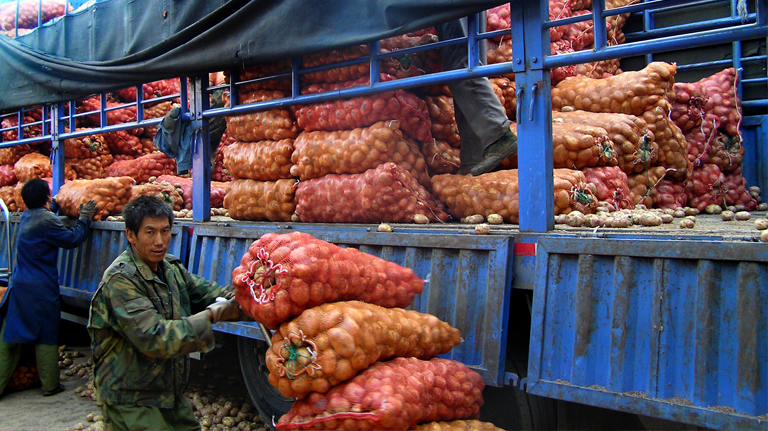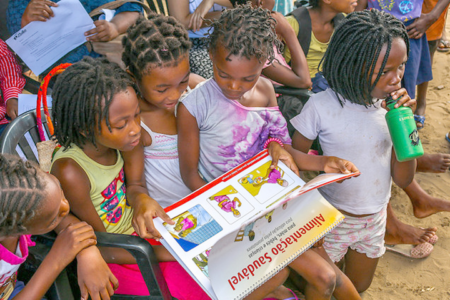
Potato has unexploited potential to contribute to the food security, nutrition, and livelihoods of resource-poor farmers in Southeast Asia. This project aims to identify suitable varieties that are early-maturing, high-yielding, disease-resistant and have good eating and processing characteristics, thereby boosting the supply of and demand for potato in the region.
Background
Research-poor farmers living in Southeast Asia are particularly vulnerable to the impacts of climate change. Large areas of monocrops—including irrigated rice—are prone to floods and droughts, and poor farming practices and over-intensification have compromised the quality of arable land. Furthermore, rice, wheat and other grains have low nutritional value and are subject to market price fluctuations.
Potato is an appropriate alternative crop that could make a valuable contribution to more sustainable and resilient agricultural systems throughout the region. It is an ideal food security crop to grow under challenging conditions, since it is highly efficient in transforming water into calories, has a short maturity period and can be harvested over a long period of time when the cereals are ripening. This project builds on ongoing work by the International Potato Center (CIP) developing early-maturing potato varieties that are tolerant to high temperatures and resistant to major virus diseases, thus suitable for growing in tropical climates.
Objectives
- Increase the potato productivity, the stability of yields and incomes of resource-poor farmers in Southeast Asia.
Approach
While potato is consumed in much lower quantities in Southeast Asia than elsewhere in the world, the region imports significant quantities of fresh and frozen potatoes, to the value of USD 450 million annually. This creates an opportunity to fill the gap between demand and supply with locally-grown potato, and additional scope to increase potato demand. In close collaboration with the Netherlands-based global potato seed company HZPC, this project is developing early-maturing varieties with good characteristics for cooking and processing that would be suitable for the local environmental conditions. Five advanced clone candidate varieties will be cultivated and evaluated at high and low altitudes in Vietnam.
Achievements
Suitable high-yielding clones were selected from the lowland and highland trials in 2018, with the majority of these producing higher yields than the best control variety Atlantic. Working with farmers, researchers also evaluated these varieties for cooking and processing qualities. The clones, based on genetic material brought in from Peru, were then tested for resistance to late blight disease (the most prevalent potato disease), and susceptibility to nematode and virus attack. The best lines will now be multiplied to produce disease-free seed to use in variety release trials. Multiplication activities are being carried out by local partners in Vietnam, with support from CIP.
Following review meetings with stakeholders, the team is developing a value chain analysis study to help them understand local potato markets in Vietnam. This will identify the main challenges and make recommendations on improving potato production and marketing across the region. In addition to building the capacity of local institutions in Vietnam, the project demonstrates how successful collaboration with the private sector can advance the release of new varieties to farmers. It is also laying the foundations for a buoyant future market—conferring sustainable incomes for farmers—by addressing the need for good processing characteristics early on in the selection process.
As bacterial wilt is a serious threat in the targeted region, the new population with increased diversity and variability will be developed in Peru by crossbreeding of genetic material possessed by CIP and HZPC. CIP has identified bacterial wilt resistant material which will be crossed with the pollen sent by HZPC.
Key outputs
| Outcomes | Number |
| Early maturity and high yielding advanced clones | >50 |
| Potential varieties to be released by 2021 | 5 |
Contact
Hugo Campos
CIP, Peru
h.campos@cgiar.org
Thanks to our donors



